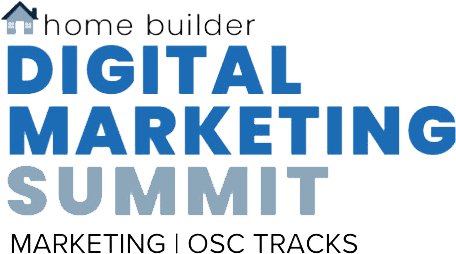
Are you struggling to connect with current and potential customers?
With Geofencing Marketing, you can send highly targeted messages to potential customers on their mobile devices based on their specific location using a virtual fenced boundary or geographic area, and even specific households or neighborhoods. By simply adding geofencing to your marketing strategy, you can narrowly target prospects to boost your sales. For an in-depth introduction to geofencing, read our previous geofencing blog “What is Geofencing?”.
If you’re already familiar with geofencing, here are four ways to optimize your geofencing strategy to improve sales:
1) Use Customer Knowledge to Boost Sales
Now more than ever, it’s extremely important to understand the patterns and behaviors of your target customer. The greater understanding you have of where your target audience physically goes and how they spend their time, the more specific you can become. This is one of the most important factors in the success of geofencing advertising – knowing just ‘where’ to target your audience. Besides knowing ‘where’ your potential customers are, knowing their demographic profile and buying behaviors will help you further refine your targeting strategy. Details like age, income, and behaviors/ interests are important elements for geofencing campaigns.
2) Add Demographic Layering for More Precise Targeting
Put the knowledge you gained about your target audience to work by adding in demographic layering into your geofencing strategy. It’s important to identify the most viable audiences for your ads so you don’t waste ad impressions (and money) on those who aren’t in your target audience. Adding demographic and behavioral data can help eliminate ad impression waste and focus efforts on people who are the most likely to respond.
For example, a high-end jewelry store located in a shopping mall may not want to target all mall shoppers because they would get a wide range of ages and incomes that are not relevant to their audience. Instead, they can add in layering to focus on those who are age 30+ with an income over $70,000.
Similarly, a home builder could target apartment buildings near their communities, using behavior data to layer information about their mortgage status, age, and income. By adding these segmentation tactics, they will more likely reach their target audience. They will gain more qualified leads and sales, and save advertising dollars – giving them a higher ROI.
3) Use ‘Addressable Geofencing’ to Target Customers when they are at Home
You may find it difficult to target store locations that were once active areas before the pandemic. If you have a lead or customer address list, put it to work by implementing an addressable geofencing campaign. This type of geofencing allows you to accurately target up to 1 million household and business addresses per campaign. Once a person’s device enters these locations, they can then be directly targeted with your ads.
For example, a direct mail cataloger with a list of 300K consumers, can use their mailing list to target their customers with ads on their mobile devices – reaching their audience and saving postage costs.
Advantages of Addressable Geofencing
- Highly Precise: With the powerful combination of plat line, property tax, and public land survey data, you are able to receive up to 90% precision of specific addresses being targeted.
- Scalable: Capacity for small or large businesses with targeting up to 1 million households per campaign.
- Provides Foot Traffic Attribution: Measure success by tracking those who actually enter your business location.
- Multiple Creative Formats: Take advantage of this flexible technology and target using static ads, video ads, and OTT (i.e. Roku) ad campaigns.
4) Geofencing Your Own Locations to Expand Sales and Create Customer Loyalty
Is your store location open for business? Consider geofencing your locations to target those who physically walk into or near your business. Ads can be focused on rewarding them for visiting and making purchases, thereby increasing customer loyalty. For example, a bank could take advantage of this tactic to expand its customer’s business with a saving account or loan application, or a coffee shop could offer a loyalty program to increase the chance of a return customer.
Learn More about Geofencing
For more ideas to create a successful geofencing advertising campaign, check out our FREE Geofencing Guide, and give us a call at 321-309-6900.

